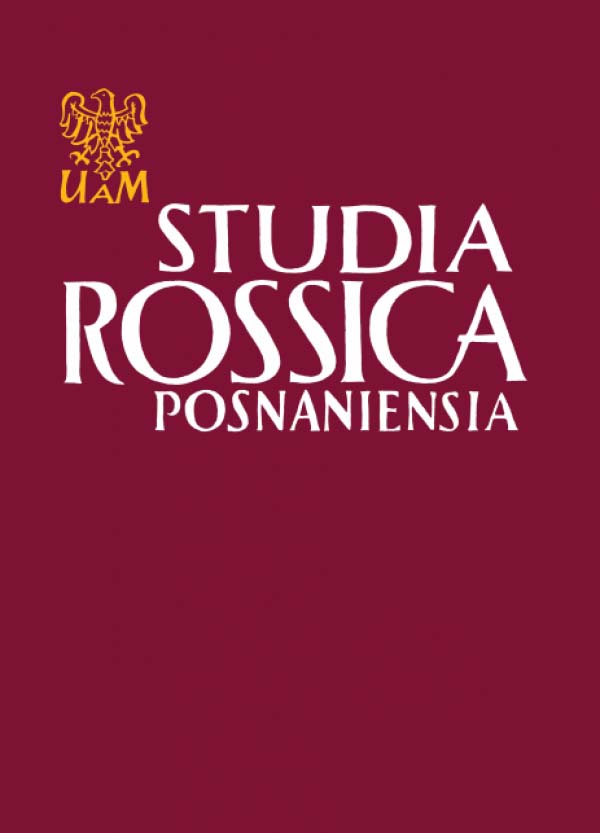ПУТИ ФОРМИРОВАНИЯ БАЛЕТНОЙ ТЕРМИНОЛОГИИ В РУССКОМ ЯЗЫКЕ
ТНE FORMATION OF BALLET TERMINOLOGY IN RUSSIAN
Author(s): Wanda JakowickaSubject(s): Language studies, Language and Literature Studies, Philology
Published by: Uniwersytet Adama Mickiewicza
Summary/Abstract: The problems of the so-called “special” terminology are — among others — in the focus of attention of contemporary Russian linguistics. So far ballet terminology has remained the least studied. It has existed in Russian for about 250 years and constitutes very interesting material for linguistic investigations. The ballet vocabulary, borrowed by Russian mainly from French (and partially from Italian), has been changing not only in quantity but also in quality, undergoing the process of phonetic and grammatical assimilation. Spelling plays an essential part in the adoption of foreign terms by Russian. It can be assumed that by the 1940’s ballet terminology had already formed a certain well ordered system . Its further development was affected by the social tendencies that prevailed in Russian linguistics of 1940-1950. In order to eliminate all foreign forms, attempts were made to replace foreign terminology with Russian equivalents. Recent years have marked a change in attitude toward terms of French origin. It has been admitted that due to their precision and univocal nature, they contributeto the international standardization of the terminological systems. In view of the dynamic development of ballet and the literature connected with it, a profound study of ballet terminology in Russian — covering its historical, social, and linguistic aspects — would be of great importance. In order to standardize bal'et terminology and make it more uniform, the assistance o f linguists is necessary
Journal: Studia Rossica Posnaniensia
- Issue Year: 4/1973
- Issue No: 1
- Page Range: 157-174
- Page Count: 18
- Language: Russian

